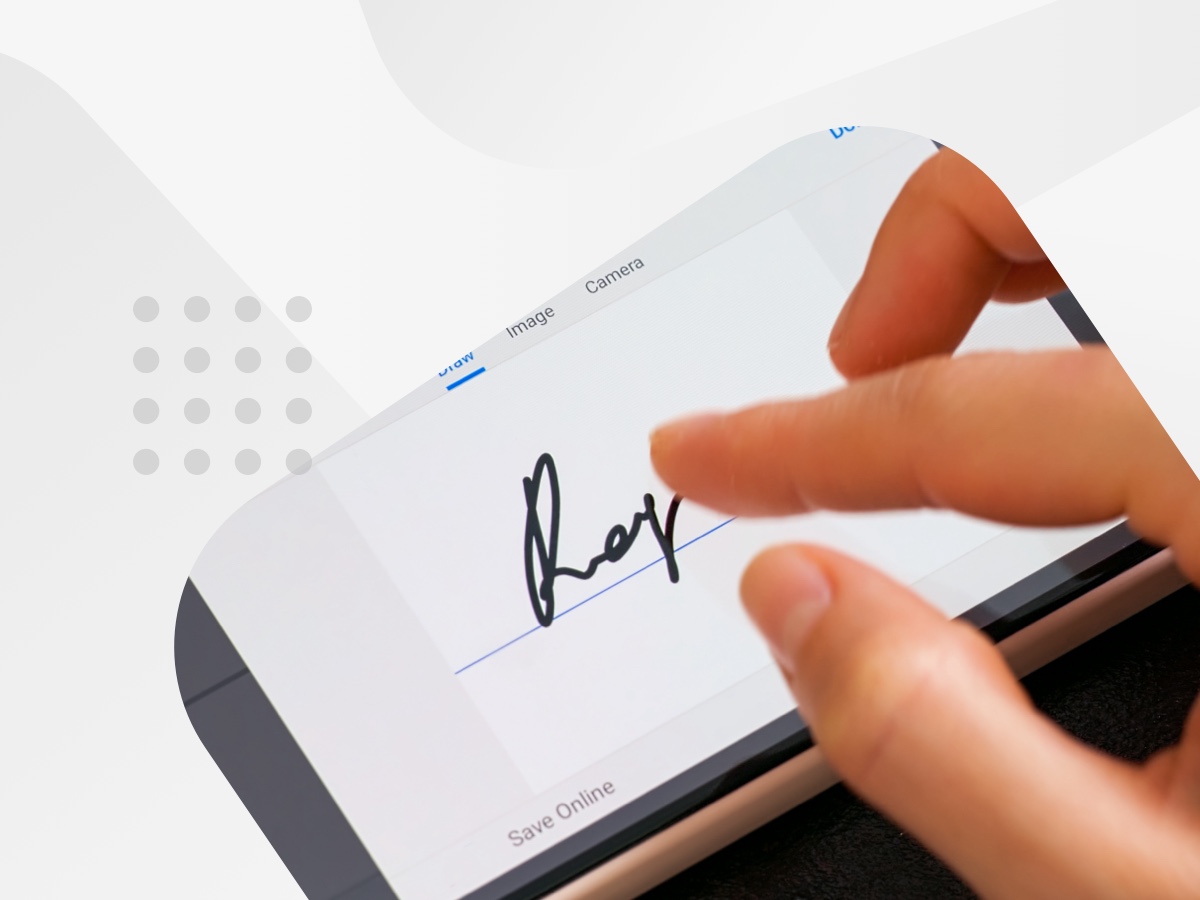
As profit margins dwindle under rising inflation and operating costs, identifying your high risk customers is paramount. Trading with risky clients jeopardises cash flow, integrity, and exposure to litigation. Ultimately, it may threaten the entire operation with insolvency. You must observe the correct risk identification due diligence practices to secure essential revenue, mitigate against late payment, and protect cash flow. For financial service providers, this may be required under Know Your Customer (KYC) regulation compliance. So, who are considered high risk customers and how can they be identified?
Who are high risk customers?
A ‘high risk customer’ is any client that is assessed as unreasonably likely to expose your business to one or more adverse events. The term applies across all categories of customers, to businesses of all sizes. While frequently used throughout modern business history, its relevance and importance have increased over time – spurred by the development of legislation such as the Anti Money Laundering and Counter-Terrorism Financing Act (2006).
While trading with any given entity is always risky to some extent, these businesses and individuals exceed the accepted boundaries. While the comprehensive list of those who are high risk is far more extensive, examples that may justify that nomination include:
- Customers linked to defaulting or insolvent businesses
- Customers associated with high-risk countries or governments
- Clients who take steps to obscure their identity or Ultimate Beneficial Ownership (UBO)
- Politically Exposed Persons (PEPs)
- Customers linked to instances of money laundering or terrorism financing
- Individuals with a history of adverse cross-directorship or illegal phoenixing
- Businesses with a sub-par public reputation or a history of malpractice
Naturally, doing business with these high-risk companies heightens your exposure to potential legal issues, cash flow stagnation, and a diminished reputation. Banking services may be limited for high-risk customers, as simple transactions can frequently be blocked. Which exact risks make up a customer risk rating methodology depends on how they have come to be judged so. To demonstrate: customer classification as being associated with money laundering specifically raises your risk exposure to money laundering, and not necessarily for other adverse events.
Within the Australian business landscape, instances of high-risk clients may be higher within industries such as:
- Construction – Known for a history of malpractice, complex ownership structures, and rising external administrations.
- Financial Services – Regularly associated with money laundering, terrorism financing, and heightened exposure to risky governments or third parties.
- Rental and Hiring – Requiring the tracking of various potential security claims over assets, and correct PPSR registration compliance.
Should I trade with a high-risk customer?
You might choose to trade with a high-risk business customer if regulation allows, although you should exercise caution.
While trading with a high-risk customer may not be explicitly illegal, depending on specifically why they’re deemed high risk, at the very least extra precaution must be taken ahead of time. Pinpointing exactly who within your customer base is unacceptably risky and how it may affect you, depends on the depth of your risk-based, customer identification due diligence.
Before engaging with any high-risk customer, consider the following questions:
- Is my database optimised, ensuring that all customer information provided is accurate and relevant, to reveal risky entities?
- Have I implemented the necessary 24/7 monitoring and alert safeguards to account for this greater risk exposure? Will I be immediately notified if another event occurs?
- Do I have the most appropriate and proactive debtor management platform to secure my cash flow and follow up collections expeditiously?
- Have I complied with all KYC/AML and PPSR regulations?
While the risk profile is greater, if all of the security precautions are in place and watertight, there may be some tangible benefits gained from this trading. A customer nominated as high risk might be subjected to more rigorous terms and payment conditions; may offer a lower price to offset the risk; or may volunteer additional transparency of their dealings to guarantee greater peace of mind. This is why trading with a low-risk customer is considered more ideal.
Those with a long-recorded history of associated adverse events will evidently be more prone to being red-flagged. The critical element is that they are identified in the first place. Without adopting a risk-based customer management strategy, you may be rendered unable to determine which customers are high risk from the outset – effectively descending into a game of Russian Roulette.
What if I’ve been determined to be high risk?
Being nominated as high risk does not necessarily preclude you from being a customer, although it may make businesses inherently more wary of you. For example, sourcing credit cards for high-risk customers may be more challenging as this risk will be flagged in your application. Further, the cost of these products may be greater, such as obtaining home insurance for high-risk customers, as the insurer may want to mitigate any risk to their bottom line by charging you a higher premium.
Ultimately, it all depends on what exactly led to that determination, and whether or not there are legal ramifications. Should this situation befall you, consider the following steps to reassure those you’re seeking to deal with:
- Make yourself as upfront and transparent as possible. This extends to the reasons why you were assessed to be high risk, as well as the financials of any entity associated with you.
- Be proactive in accepting more rigid terms and conditions. For example, if a business usually expects payment within 15 days, extend the offer to pay their invoice within seven.
- Develop patience, as a business may take time to establish a sense of trust in you. The volumes or values of goods traded may initially be low, however, over the length of the relationship, this may change.
Identify and monitor high-risk customers with advanced tools from CreditorWatch
The finer details of the risk mitigation strategy that you implement will be particular to the intricacies of your business, the customer base that you service, and the state of your industry. Speak to our team of experts at CreditorWatch today to explore how our suite of high risk customer monitoring and debtor management tools may assist in protecting your business and its cash flow.

Get started with CreditorWatch today
Take your credit management to the next level with a 14-day free trial.

